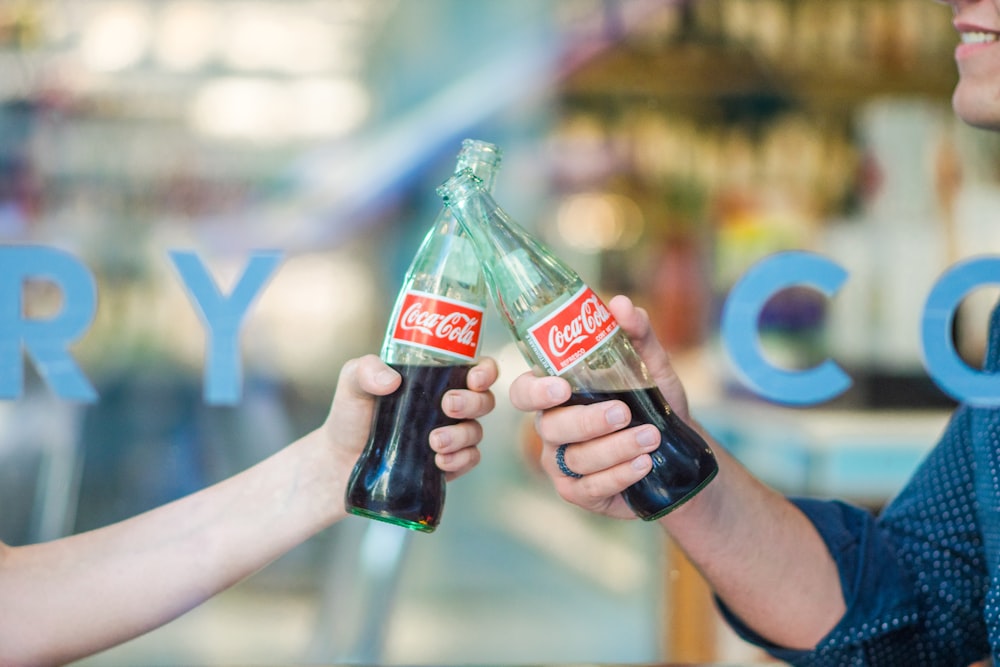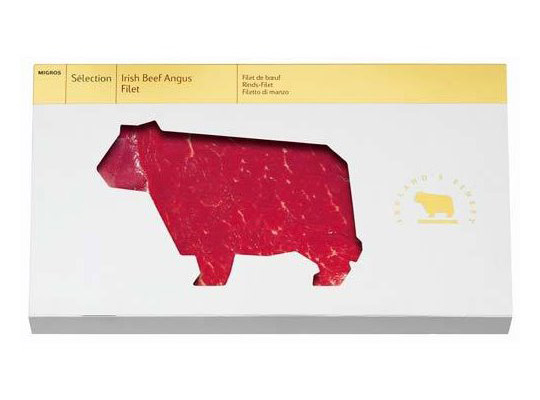Cool & Innovative Packaging Design Ideas That Resonate With Consumers
For many companies, product packaging design is just as important as the product itself. Putting your items into unique and cool packaging is a great way to show off your creativity, ingenuity, and brand identity. This can ultimately endear shoppers to your business all the more.
The best packaging design ideas are those that think “outside the box” (figuratively, and sometimes literally). Creative directors and packaging designers spend months — even years — trying to develop interesting packaging for their products… but here’s a little secret: you don’t need a whole design studio to think of cool packaging ideas! In fact, all you need it a little creativity and a spark of inspiration.
Here are a few of our favorite tips for designing unique packaging for your products.

Consider Color Theory
You don’t have to be a graphic designer to know that effective use of color can have a lasting impact on your brand. Color creates a visceral, emotional response in everyone who sees it — and smart brand owners can use this to their advantage.
We see examples of color theory throughout the business world: the robin’s egg blue so synonymous with Tiffany’s, the rich and “reliable” brown on a UPS truck, and even the golden arches of McDonald’s are all specially designed to make us feel a certain way. However, you could argue that the most interesting case study comes from Coca-Cola in the United States.
Coca-Cola’s classic red packaging may have been selected for practical reasons (the bright red on bottles were easy to differentiate from alcohol bottles in transport), but the company wisely chose the perfect color for their product. The color red catches our eye, but it’s also been found to speed up the body’s blood flow, making us hungry or thirsty. With one simple color, Coca-Cola ensured that their packaging would increase demand for their product.

Use Negative Space
At its core, package design is about presenting your product in the best possible light. In some cases, that means letting the product speak for itself! Using negative space (a graphic design term for the space around and between a design) can be a wonderful way to showcase what’s inside the box, making the buyer excited to open it up.
One brand that uses negative space to excellent effect is Swedish supermarket chain Migros. The packages for their food products are often designed with an open window that both shows off the food inside and creates a unique visual experience — for example, a cut of meat that is revealed through a cow-shaped window. This simple and sleek food packaging adds a little creativity to the average day at the market.
Get Smart With Images
A company’s logo is a very important part of its visual identity. Every design director dreams of the day that their logo is instantly recognisable — and instantly thought of fondly. But how do you make that happen? First, you must design a striking and engaging logo, and then, you must incorporate it into your brand packaging.
What makes a logo (and by extension, a brand’s packaging) striking and engaging? Consider the now-iconic Amazon logo. The logo is fairly simple — the company name, with an arrow pointing from “A” to “Z.” However, this logo is much more than it seems.
Highlighting the “A” and “Z” in the company’s name sends a message to the consumer: we will provide you with everything, “from A to Z!” Additionally, the slight curve in the arrow resembles a smile, which helps elicit positive feelings every time a buyer sees an Amazon box. With this logo, Amazon has summed up its brand identity in a single image.
Repurpose Your Packaging
Reusable or eco-friendly packaging is one of the biggest design trends of recent years. As buyers become more and more environmentally conscious, companies have begun looking for ways to reduce waste with their packaging. This can be a great way to enhance your brand identity and get extra creative.
For example, the Montreal-based designers at Bee Bright use a unique packaging design for their creamed honey. Instead of the typical glass or plastic jar, the honey is contained in a jar made from beeswax — which highlights the all-natural nature of the product. Once the jar is empty, the beeswax is equipped with a wick on the bottom, so it can be burned as a candle. This completely eliminates packaging waste and makes the product eco-friendly.
Tell a Story
Whether you’re selling a food product, clothing items, or paperback novels, it is important that your packaging design tells a story. Packages need to tell a buyer what they’ll find inside — and it needs to be engaging enough to attract a buyer’s attention. Of course, this is easier for some products over others, but you can tell a story with just about any package.
For an exceptional example, consider the collector’s edition box set that HBO designed for Game of Thrones. This product certainly has a built-in story (it is, after all, a television show), but the box set takes special care to incorporate this complex narrative.
Each of the discs features a detailed sleeve describing the major plot points of the season, and the completed set tells a full story of the fantasy show. This is an excellent way to attract both diehard fans and new watchers with one stunning package.
As you can see, creative packaging is a wonderful way to ensure that your product is shown in the best possible light. There is a lot of creative work that goes into designing a package that creates a unique user experience, but the final result often becomes an asset to the company.
Whether you are looking to create a new look for your company packaging, or if you’re looking for a cost-effective way to print packaging labels or logos, there are many designers and online printers available to assist you. Get creative and enhance your brand packaging — and your company — today!
